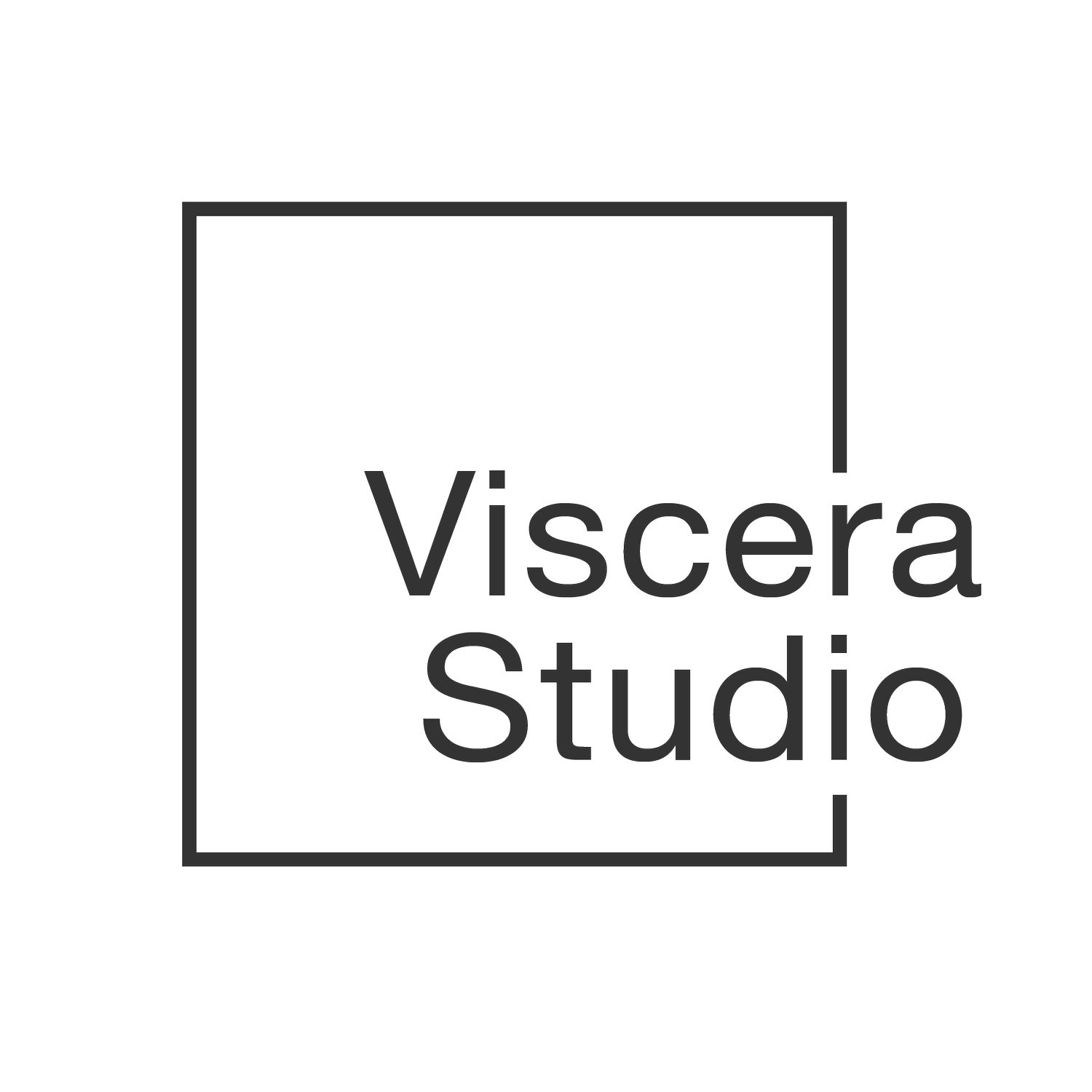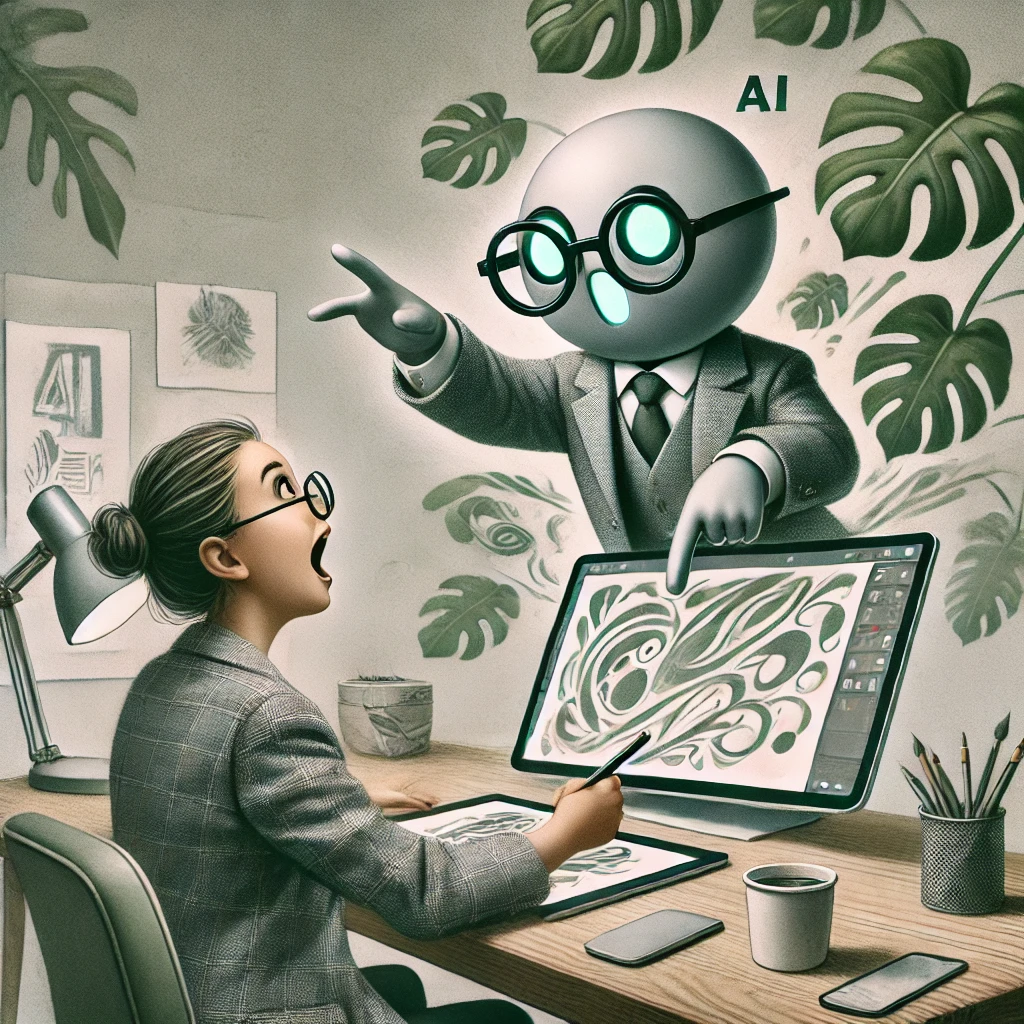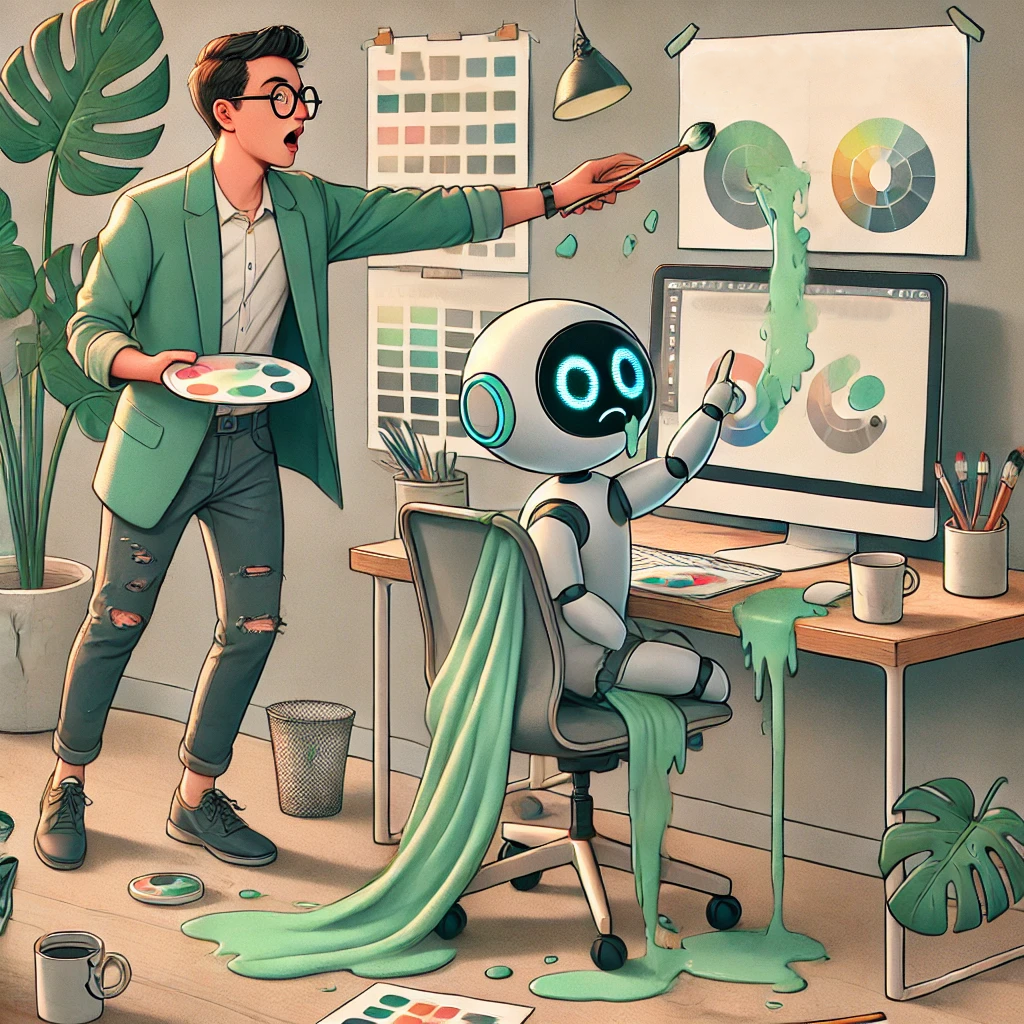Collaborating with AI: A Designer’s Perspective
If AI were a designer, it wouldn’t be an experienced creative director—it would be a toddler with endless energy and a surprising ability to learn. It can be helpful, yes, but it also needs clear instructions, constant supervision, and a lot of patience. Left unchecked, it might make a mess of your design files or suggest something wildly off-brand. But with the right guidance, it can be an incredibly useful assistant, tackling tedious work and even offering fresh ideas—just don’t expect it to work without a little hand-holding.
Giving AI the Right Tasks (So It Doesn’t Color on the Walls)
Every designer knows that not all tasks require deep creative thought. Resizing assets, removing backgrounds, generating simple layout variations—these are the types of tasks that AI can handle with ease.
The trick is knowing what to trust AI with. Would you let a toddler choose your color scheme? Probably not. Would you let them carry some light groceries while you handle the delicate eggs? That’s the approach to take with AI—let it handle the grunt work, but keep the creative decisions in your own hands.
AI’s “Why Not?” Attitude
(And How It Sparks Creativity)
Toddlers are full of unexpected ideas—some brilliant, some completely nonsensical. AI is the same way. It might generate a color palette that’s surprisingly fresh, or suggest a design layout that’s just different enough to be interesting. But it might also spit out something that makes no sense at all.
This is where AI can be an excellent brainstorming partner—it doesn’t replace your instincts, but it nudges them in new directions.
AI Needs Supervision (Or It’ll Get Into Trouble)
Much like a toddler left alone with markers, AI can go off the rails quickly. Left to its own devices, it might create something generic, awkward, or downright wrong. AI doesn’t understand nuance, branding, or storytelling—it just predicts what might work based on data, without actually knowing why something is effective.
That’s why AI needs constant oversight. It can generate ideas, but you’ll always need to refine, tweak, and make final decisions. A designer’s expertise is what ensures the final product isn’t just functional but also meaningful and emotionally resonant.
AI Won’t Replace Designers—But It Can Make Life Easier
At the end of the day, AI isn’t taking over design. It doesn’t have taste, intuition, or the ability to make conceptual leaps. But it is an eager assistant—one that can handle repetitive tasks, suggest unexpected ideas, and help free up time for the work that truly requires human creativity.
So, if you approach AI like a toddler assistant—guiding it, supervising it, and teaching it how to be helpful—you’ll get the best of both worlds. You’ll work faster, break through creative blocks, and still maintain the human touch that makes great design, well, great.
P.s All images on this page were made with the help of AI.





